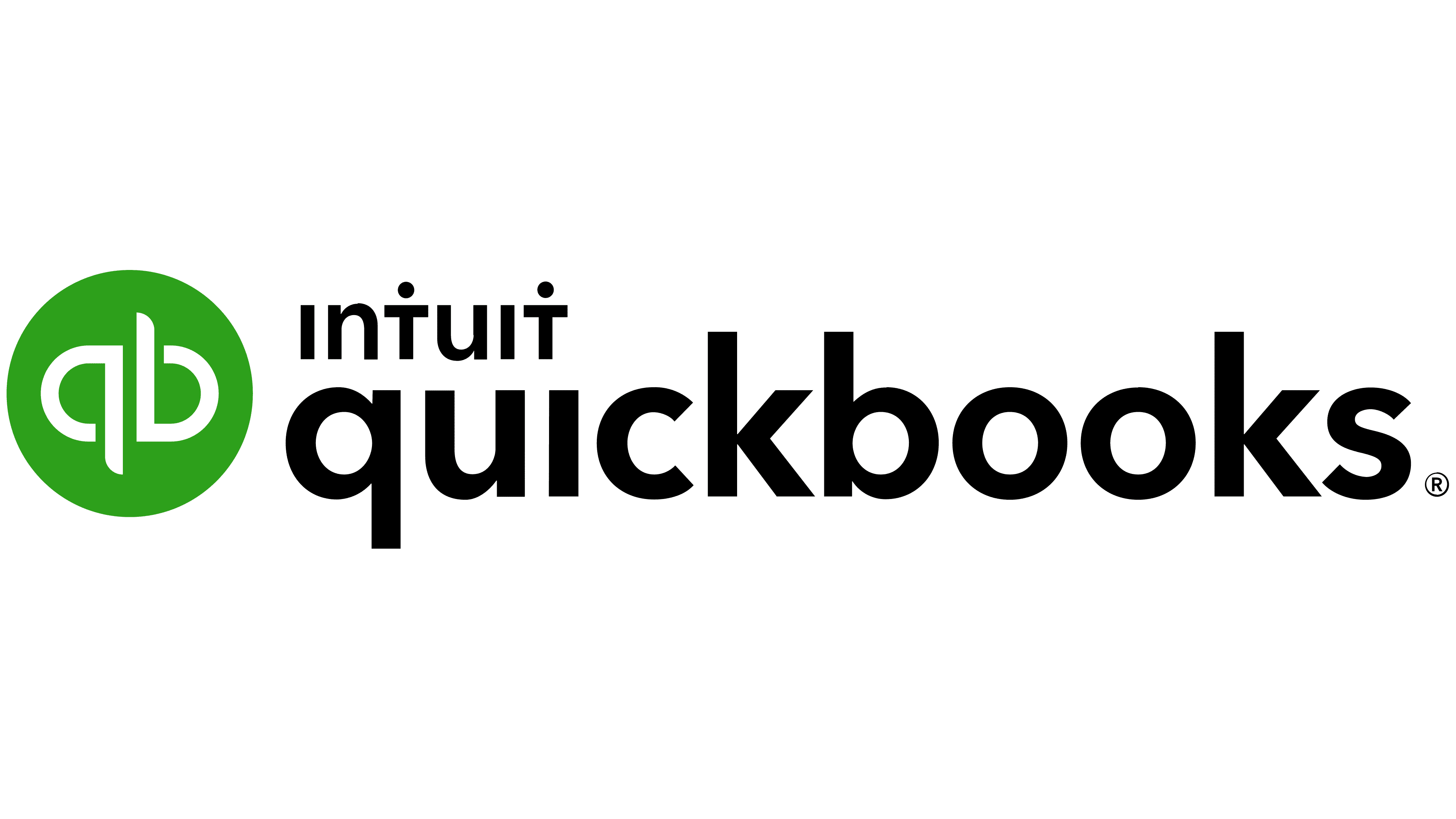In 2022, when businesses were slowly recovering from the pandemic crisis and returning to normalcy, Google’s CEO, Sundar Pichai, expressed his hopes to increase business efficiency by 20%. Among other things, he planned to cut down the team. After years of a fast hiring pace and high inflation, these were put forth as the only possible ways for the company to be efficient.
We don’t know whether Google actually achieved the expected improvement. What we do know is how to make your business more efficient and disruptive with the time-tested strategies endorsed by founders and CEOs, who marked them as reliable in their strategic plans.
Let’s cover the basics for a start.
What Is Business Efficiency?
Simply put, business efficiency reflects how wisely you use your resources (time, money, employees, equipment, etc.) to drive desired outcomes. It measures the effectiveness of business performance by comparing the input (what it takes to accomplish the goal) and the output (what you get as a result).
Business efficiency has the following subcategories:
- Operational and process efficiency
- Cost efficiency
- Data efficiency
- Time efficiency
- Workforce management efficiency
- Ecological efficiency
- Profit efficiency, etc.
For example, suppose Company A reaps $4,000 in profits monthly, while a similar Company B invests the same number of resources (human, financial, informational, etc.) but harvests only $1,000 per month. It means Company A operates four times more efficiently than Company B, its direct rival.
Level Up Your Digital Skills: Free Next Week with Verizon Small Business
Why Focus on Efficiency in Business?
Wrike reports that as many as 77% of organizations prioritize efficiency.
Why should you strive to be efficient in business?
As an entrepreneur or company leader, you will definitely enjoy the following benefits of business efficiency:
- Saved costs and time
- Improved team productivity
- Smoother customer experience
- Reduced critical factors and risks
- Better competitive edge
- Higher revenue
- Facilitated business growth
By focusing on long-term efficient strategies for business, you can get on a vivid path to operational excellence and watch your company thrive.
AI + Data + CRM = more sales and happier customers.
Start or grow your business with the #1 CRM. Salesforce now has AI tools that helps you connect with your customers in a whole new way.
Expert Advice: How to Increase Your Business Efficiency
Grab the following tips from entrepreneurs and C-suite managers on how to make a business operate efficiently.
Invest in automation and innovation
A business can’t move further without streamlining operations and automating all processes.
That’s what Jim Pendergast, Senior Vice President at altLINE Sobanco, discovered when he started working in the banking industry. He puts it like this:
“When it comes to business efficiency with automation, a helpful analogy is to imagine a bank clerk who has to process a large customer deposit in cash. Picture a pile of money one has to count manually. Just imagine how much time and effort it would take. But then, the banking institution invests in an automatic money counter to enhance cash management efficiency.
The moral? When running your business operations manually, you lose time and resources. With automation, you can drive optimal results in the shortest possible time.”
Here’s a list of tools to help you automate processes and operations at your company:
- Accounting: QuickBooks, ZarMoney, Xero
- Inventory management: InFlow Inventory, Sortly, Cin7
- Project management: Asana, Trello, Jira (for Agile teams)
- Time tracking: Hubstaff, ClockShark, Time Doctor
- Marketing: Optimizely, Mailbird, BuzzSumo
- Customer relationship management (CRM): Zoho CRM, SugarCRM, Salesforce
For example, Pacific Clinics saved 175 hours a month in administrative time, tripling the client base with Salesforce’s automation powered by artificial intelligence (AI).
Stay innovative in the market by investing in AI and machine learning for business efficiency. Note: Intelligent automation with AI can improve business efficiency by 20% to 60% across industries.
Verizon Digital Ready: Providing Entrepreneurs the Skills and Knowledge They Need
Optimize hiring and onboarding
How much resource do you allocate to recruitment? What about the onboarding process?
Strikingly, the average U.S. employer spends about $4,000 and 24 days to recruit a new worker.
“Hiring better and faster is a foolproof way to boost your business efficiency,” claims Max Wesman, Founder & COO of GoodHire. “Technology can revive your hiring strategy by decreasing the time and cost per hire. Some of the most time-efficient and cost-saving methods are virtual employee screenings, online interviews, and HR tools for hiring,” he notes.
You can leverage such recruiting software as Manatal, Workable, or Rectuitee. For example, the Marks & Spencer Greece team reduced the hiring time in half with Recruitee.
Besides, Wesman advises business leaders to integrate newcomers into the team more rapidly and effectively by offering materials for self-led training during onboarding. You can use AI to identify new hire pain points and onboard with question-and-answer chatbots more efficiently. IBM, for instance, created a unique AI bot for new hires to answer their questions round-the-clock.
Why not design your onboarding AI chatbot with Zapier, Tidio, or Landbot.ai?
Foster continuous learning and prioritize cybersecurity training
Learning is the key to staying ahead of the competition in entrepreneurship. Moreover, well-trained and more efficient employees boost profits by at least 20%.
That’s why it is worth creating an employee development plan for every worker individually and a company-wide L&D program with these components in mind:
- Mode: online or in-office
- Approach: individual or group training sessions
- Activity: presentations, quizzes, mentorships, workshops
- L&D role: assigned trainers and mentors
- Type: training on leadership, soft skills, social media, digital literacy, cybersecurity
Regarding online security, the numbers are discouraging, particularly in remote work conditions. 33% of organizations don’t provide any awareness training on cybersecurity to remote employees, while 14% suffered at least one cyber incident when working remotely.
Volodymyr Shchegel, VP of Engineering at Clario, notes, “Cybercriminals become smarter daily and impose severe risks on businesses like social engineering or phishing attacks that lead to data breaches. At this rate, regular cybersecurity training for employees can help you make your business efficient and resistant to these threats.”
But what if a cyberattack does happen, exposing customer data and damaging your reputation?
Check out the next business efficiency strategy.
6 CRM Trends That Drive Customer Satisfaction and Loyalty
Create a risk response strategy
There are so many hazardous situations that can undermine your business efficiency. Take the cybersecurity dangers we have just talked about. Then, there are operational, reputational, financial risks… And this list is endless.
How can you be ready for the unknown?
It would be best to proactively manage business risks with a clear strategy for responding to them.
Pre-response or planning stage
- Assess your business safety levels (IT system vulnerability testing, workplace safety assessment, etc.)
- Calculate the probability of potential risks in your projects
- Undertake risk prevention measures
Response stage
- Create a crisis management team
- Collect information and clarify the issue
- Assign a spokesperson to deliver your official message to employees, customers, stakeholders, social media audiences, and news outlets
- Act and rectify the situation
- Reply to arising questions
Post-response stage
- Analyze your response
- Draw conclusions
- Outline the areas for improvement
Stephen R. Hasner, Managing Partner at Hasner Law PC, also highlights the importance of planning a legal response to risks in business. He says, “As a company leader or manager, you should know where exactly your liabilities lie in the legitimate landscape for increasing your business efficiency when you face risks. One of the most widespread is vicarious liability—when employers become liable for their staff’s unlawful actions during employment. Law cases show that, more often than not, courts hold employers liable for the injury their workers inflicted on a colleague, customer, or stranger.”
Pro tip: Prepare legal risk management resources like business liability insurance to cover your assets from compensation claims and lawsuits.
Leading by Example: 20 Inspirational Leadership Stories in Startups
Build effective team communications with openness and trust
If you don’t communicate well in teams, your business is destined to remain inefficient, no matter what you do.
Stephan Baldwin, Founder of Assisted Living, emphasizes, “The lack of communication is the biggest roadblock to a healthy workplace culture and efficiency in business. It prevents your team members from expressing thoughts or ideas and conveying information clearly and concisely. On the contrary, honesty and transparency in conversations help build trust in teams and achieve productivity and eventually peak performance.”
72% of business leaders confirm that effective communication boosted their team’s productivity and overall efficiency.
Here are the most helpful communication strategies for the workplace shared by Stephan Baldwin:
- Pick a channel for team chats (Slack, Chanty, Flock)
- Remove conversation distractions
- Let everyone speak up during remote meetings
- Play fun team-building games for improving communication (quizzes, truths-and-lies, “act-it-out” body language challenges)
- Hold brainstorming sessions
- Volunteer with your team
You can also learn from brands like Buffer, HotJar, and others how to improve communication in remote teams and become more efficient as a business. Buffer, for example, launched a unique Build Week initiative for employees. They put aside a workweek to break down silos across teams, share ideas, and encourage genuine collaboration.
Outsource tasks to external service/product providers
Outsourcing is a sort of “paid delegation” when you pay an independent contractor or another company to do the job instead of you. Namely, you delegate a portion of your operations to third parties.
When you outsource certain tasks to other firms or individual contractors, you save tons of time and money and, this way, make a business more efficient. Besides, you can reduce office expenses when working offline.
What exactly can you outsource?
Consider the following areas of your business worth outsourcing:
- Recruitment
- IT and software development
- Accounting and bookkeeping
- Marketing
- Sales support, etc.
Many tech organizations like NVIDIA, Panasonic, Cisco Systems, and Apple outsource manufacturing to other companies to enhance business efficiency while concentrating on more significant tasks. Apple outsources assembly operations and supplies to hundreds of businesses from the US, China, South Korea, Taiwan, and Japan.
Still, numerous concerns arise as you start thinking of outsourcing: lower transparency level, less control, the possibility of losing data, heavy dependency on others…
But … don’t get discouraged too soon.
“There is an unfailing method to ensure stress-free outsourcing in business,” says Andrew Pierce, CEO at LLC Attorney. “It is a legal agreement or outsourcing contract, an obligatory measure for error-free and effective collaboration between the company and the contractor. You should outline all conditions and requirements before entering any outsourcing relationship and pen them down into the legal contract,” he recommends.
Streamline your operations with one tool
Manage your entire sales cycle, track client communication, and connect your projects, marketing activities and much more with a CRM that’s easy to use.
Enable customer self-service
Self-servicing is yet another “type of delegation,” if we may say so. This time, however, you “delegate” a part of the work to customers. And it’s definitely a superb strategy to improve your business efficiency. Here’s why:
“Customer self-service channels reduce the workload from your employees, who may be overburdened with live chats, emails, and calls, and make your team more effective and productive in other job-related activities. In the meantime, they empower customers to be the doers, turning them from passive to active participants, who experience the sense of discovery and pride by tackling issues themselves,” says Robert Kaskel, Chief People Officer at Checkr.
Indeed, Freshworks’ research shows that 76% of people prefer finding answers and solving problems independently before contacting the customer support team.
Kaskel enumerates the best self-services for customers (some of those are successfully implemented by Checkr):
- FAQ page
- Knowledge base
- AI-powered bot
- Interactive voice response (IVR) system
- Mobile app
- Help desk
- Support center
- Community portal/forum, etc.
The Checkr team has created several self-service options for customers.
It’s a Checkr Bot – a chatbot for answering the most frequently asked questions.
The Checkr Academy contains videos, courses, simulations, webinars, and other content.
Finally, the help centers provide all the information for candidates and organizations interested in running background checks.
It’s also worth mentioning that customer self-service portals like this one can resolve from 40% to 70% of tickets.
Most Read: What is the Average Income of a Subway Restaurant Franchise Owner?
Let’s Recap
Business efficiency is crucial for every aspiring founder and seasoned business leader, but what’s even more important is to make wise decisions when trying to achieve it.
Whether you’re a startup, a small company, or a large corporation, you can run a more efficient business if you invest in automated solutions with AI, streamline hiring and onboarding, promote a culture of learning and development, plan risk responses, try outsourcing, provide customers with self-service tools, and establish good team communication.
Discover more growth hacks at StartupNation to speed up your business and become a forward-minded leader looking into the future.
Image by nuraghies on Freepik










